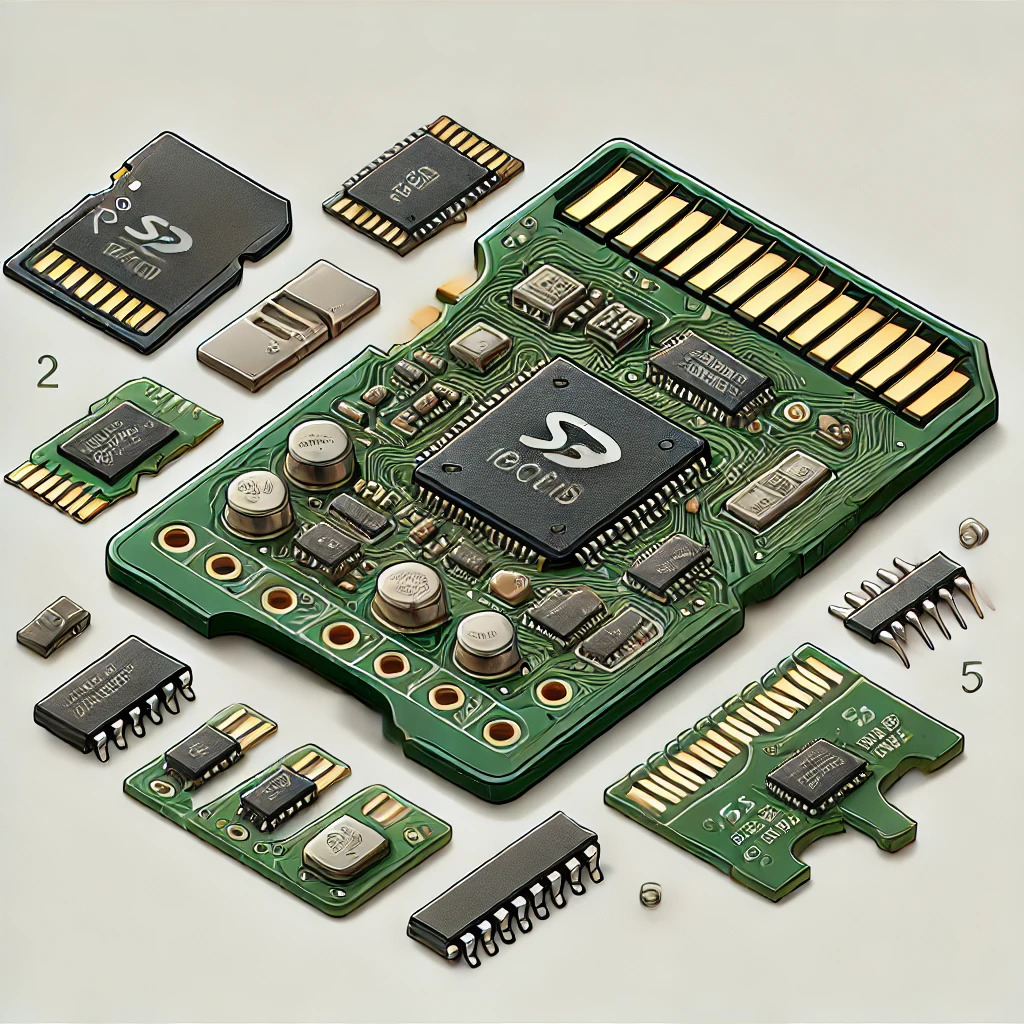There are many different ways to make homemade ice cream, depending on the ingredients, equipment, and method you use. Here are some popular methods:
1. Classic Custard-Based Ice Cream (With Eggs)
- Ingredients: Milk, cream, sugar, egg yolks, and flavoring (like vanilla, chocolate, or fruit).
- Method: Cook a custard by heating the milk, cream, and sugar, then tempering the egg yolks and slowly combining. Chill, churn in an ice cream maker, and freeze.
2. Philadelphia-Style Ice Cream (No Eggs)
- Ingredients: Heavy cream, milk, sugar, and flavoring.
- Method: Simply mix ingredients, chill, churn in an ice cream maker, and freeze. No cooking is required!
3. No-Churn Ice Cream (Easy & Quick)
- Ingredients: Sweetened condensed milk, heavy whipping cream, and flavoring.
- Method: Whip the cream until stiff peaks form, fold in the sweetened condensed milk and flavoring, then freeze. No machine needed!
4. Banana Ice Cream (Dairy-Free & Vegan)
- Ingredients: Frozen bananas (and optional mix-ins like peanut butter or cocoa).
- Method: Blend frozen bananas in a food processor until smooth and creamy, then freeze for a firmer texture.
5. Blender Ice Cream (Fast & Simple)
- Ingredients: Frozen fruit, heavy cream or yogurt, and sweetener.
- Method: Blend until smooth, then freeze to firm up.
6. Liquid Nitrogen Ice Cream (Instant Freezing)
- Ingredients: Any ice cream base (custard, Philadelphia-style, or no-churn).
- Method: Pour the ice cream base into a bowl and slowly add liquid nitrogen while stirring for an instant freeze.
7. Ice Cream in a Bag (Fun DIY for Kids)
- Ingredients: Milk, cream, sugar, and vanilla extract.
- Method: Place the mixture in a small resealable bag, seal, and place it inside a larger bag filled with ice and salt. Shake vigorously for 5–10 minutes until it turns into ice cream.
8. Gelato (Italian-Style Ice Cream)
- Ingredients: Milk, cream, sugar, and often egg yolks.
- Method: Lower fat than traditional ice cream and churned at a slower speed for a denser texture.
9. Sorbet (Dairy-Free & Fruity)
- Ingredients: Fruit puree, sugar, and water.
- Method: Blend and churn in an ice cream maker or freeze while stirring occasionally.
10. Granita (Flaky, Icy Texture)
- Ingredients: Fruit juice, sugar, and water.
- Method: Freeze and scrape with a fork every 30 minutes to create icy crystals.
